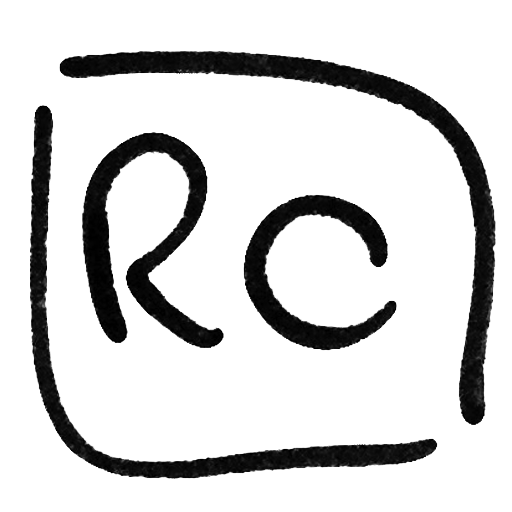
Sed[used] and abandoned: Ariadne, Dido and Medea
Just a few remarcable notes about the three ladies. Featured artworks from left to right: Ariadne procrastination by Dina Belenko (photograph, 2012), Didon by Christine Jongen (bronze sculpture, 2007-08), Medea by Bernard Safran (oil on masonite, 36″ x 41″, 1964)
|
Princess/Queen |
Ariadne of Crete |
Dido of Carthago |
Medea of Colchis |
|
connection with divine |
granddaughter of Zeus and Helios, later bride of Dyonisus | Dido/Elissa as a goddess herself is controverse | granddaughter of Helios |
|
as helper-maiden |
helped Theseus killing the Minotaur | helped her folks getting a land, i.e. founding Carthago | helped Jason getting the Golden Fleece |
|
obstacle-brother |
The Minotaur (half-brother), monster eating sacrifical victims, got killed by Theseus | Pygmalion (according to some sources) killed Dido’s husband Acerbas, afterwards Dido fled from him | Absyrthus (according to some sources) got killed by Medea and Jason in order to ease the flight from Colchis |
|
featured means |
thread | oxhide | potions |
|
skills |
logic (see logic process named Ariadne’s thread) |
mathematics (see isoperimetric problem called Dido’s problem) |
medicine/magic (Georgian popular tradition attributes the origins of the term Medicine to Medea’s name) |
|
featured animal |
bull (the Minotaur) goat (Dyonisus) |
bull (the oxhide) |
goat (the Golden Fleece) |
|
abandoned |
from Theseus | from Aeneas | from Jason |
|
refugee |
from Crete to Naxos | from Tyre to North Africa’s coast | from Colchis to Greek and then to Media (Iran) |
in notes
